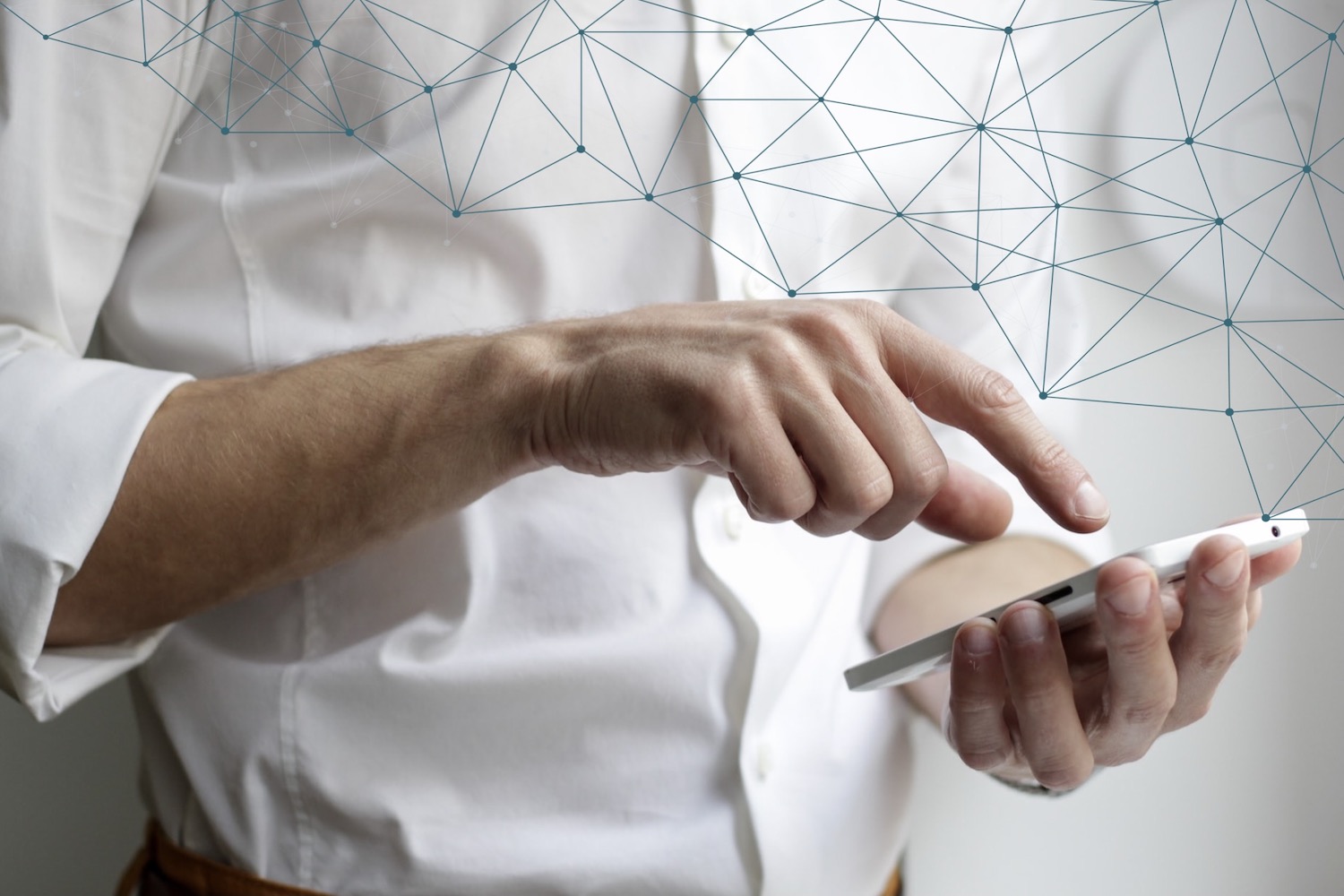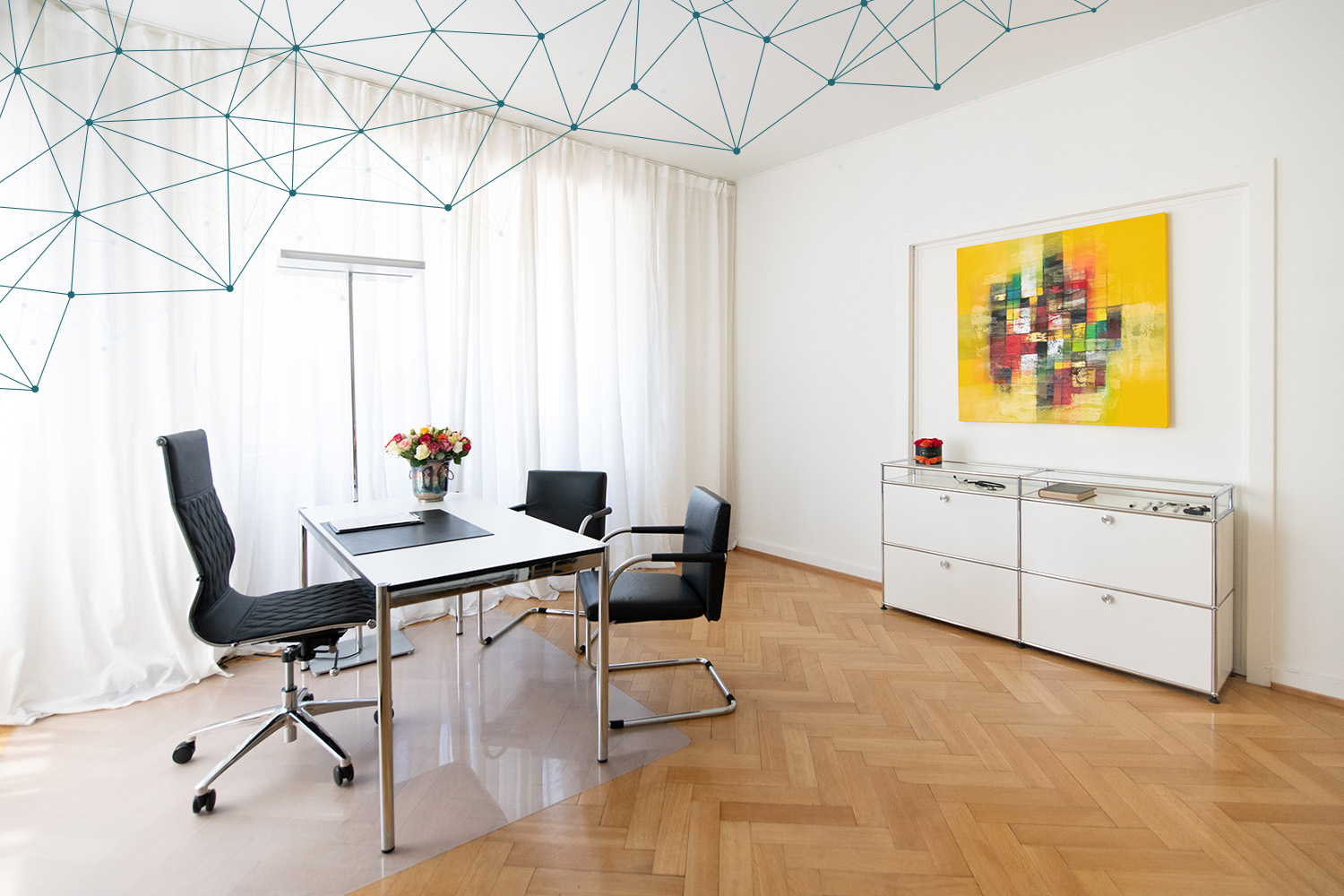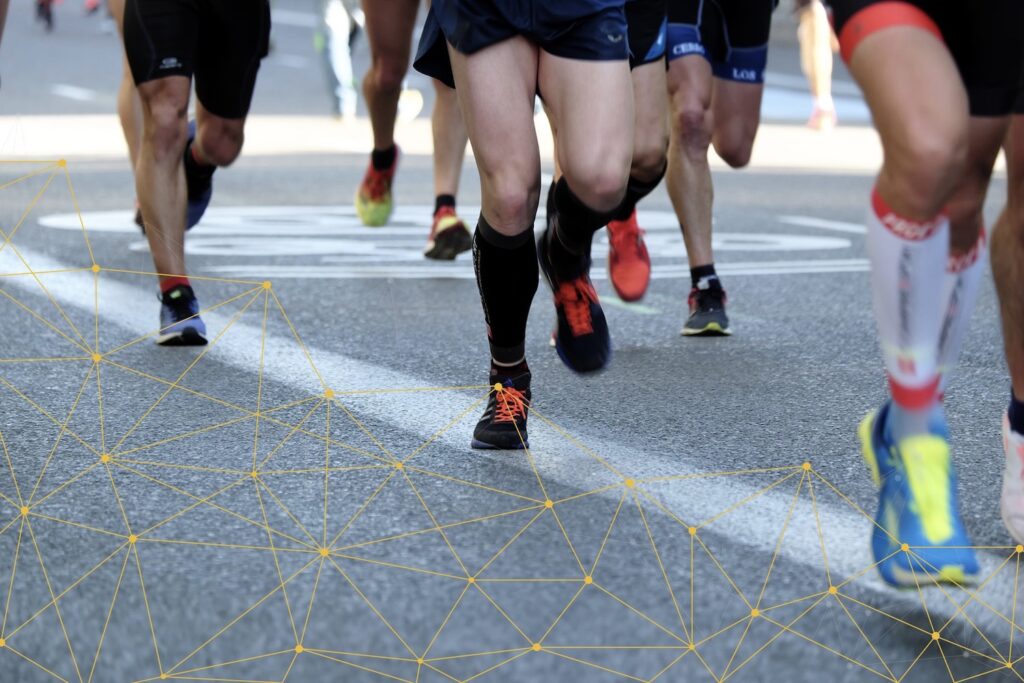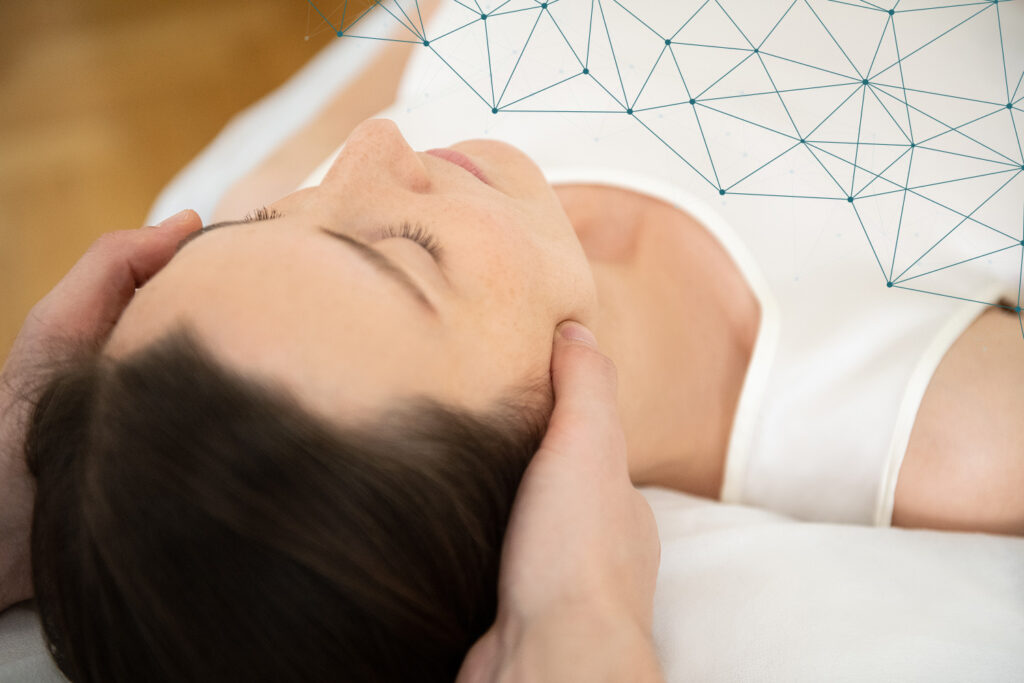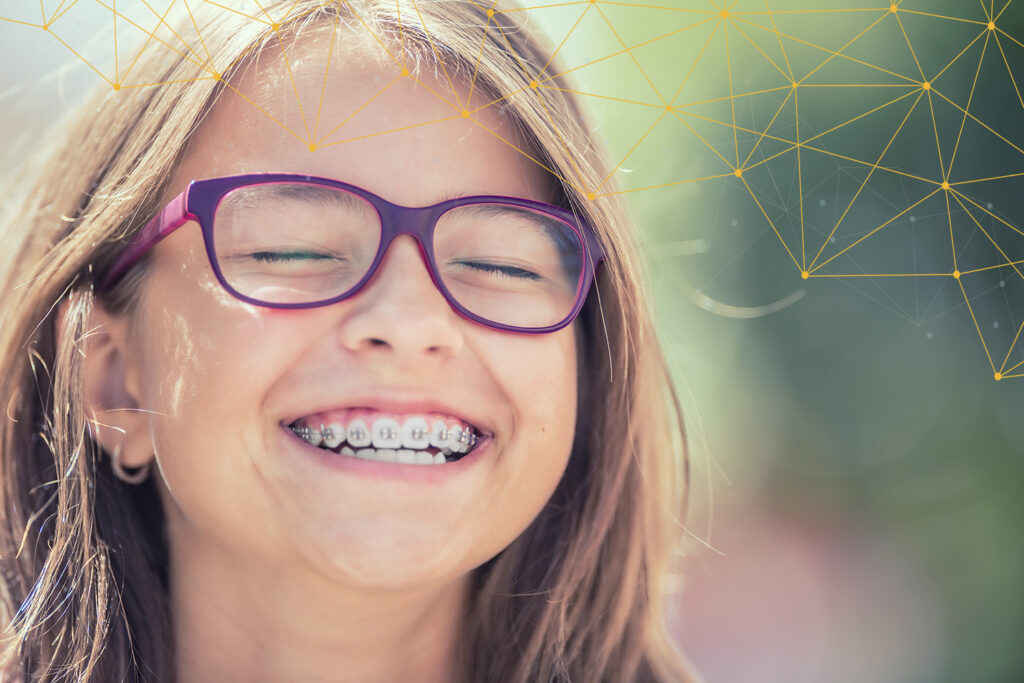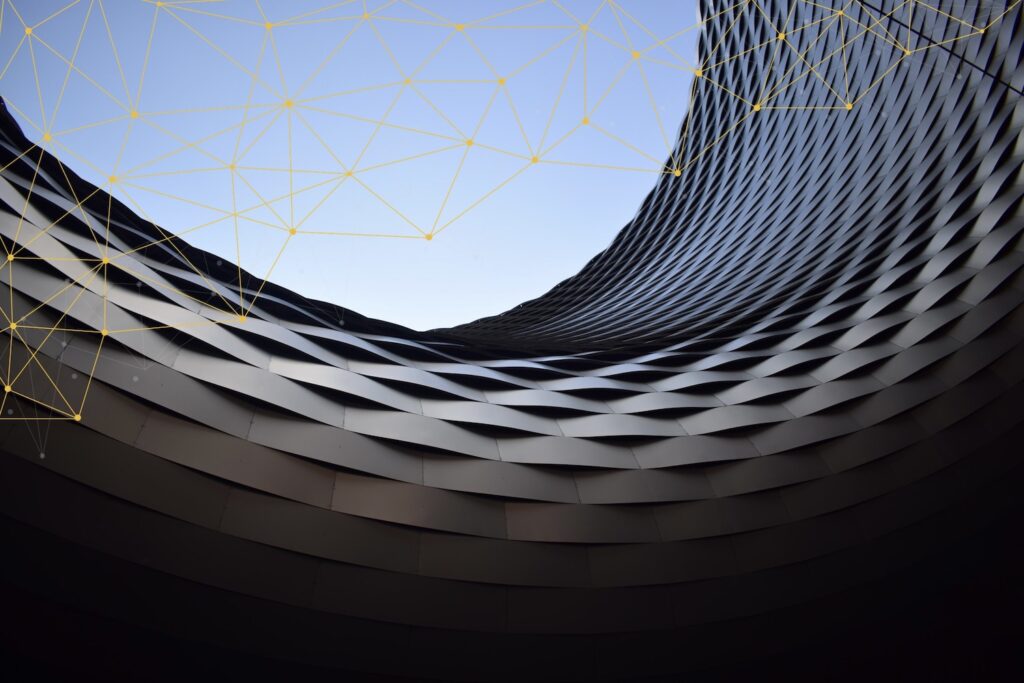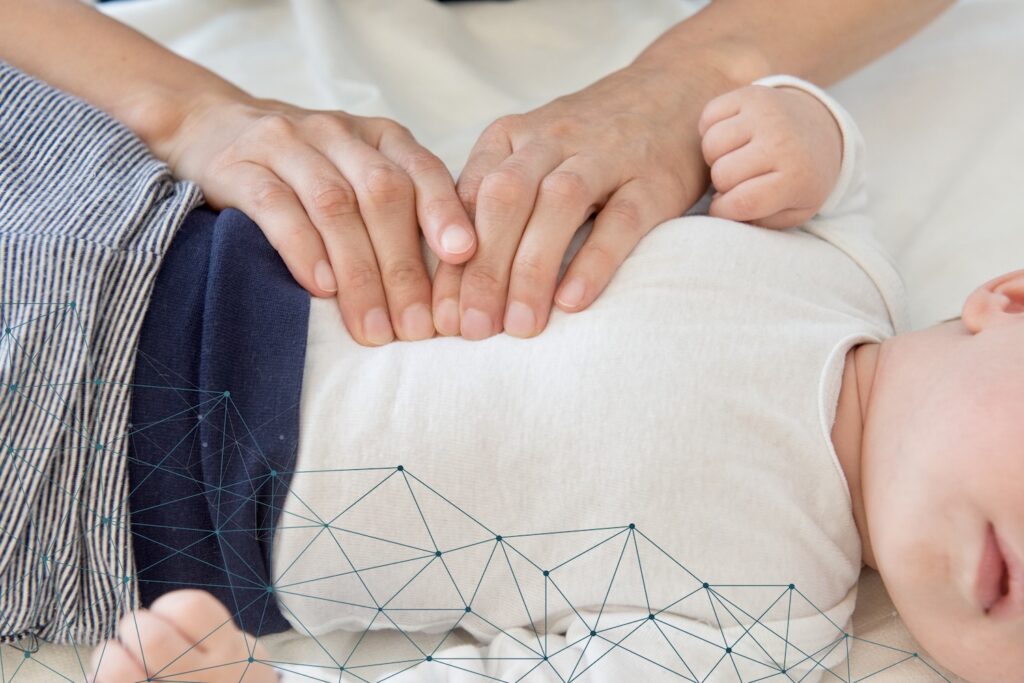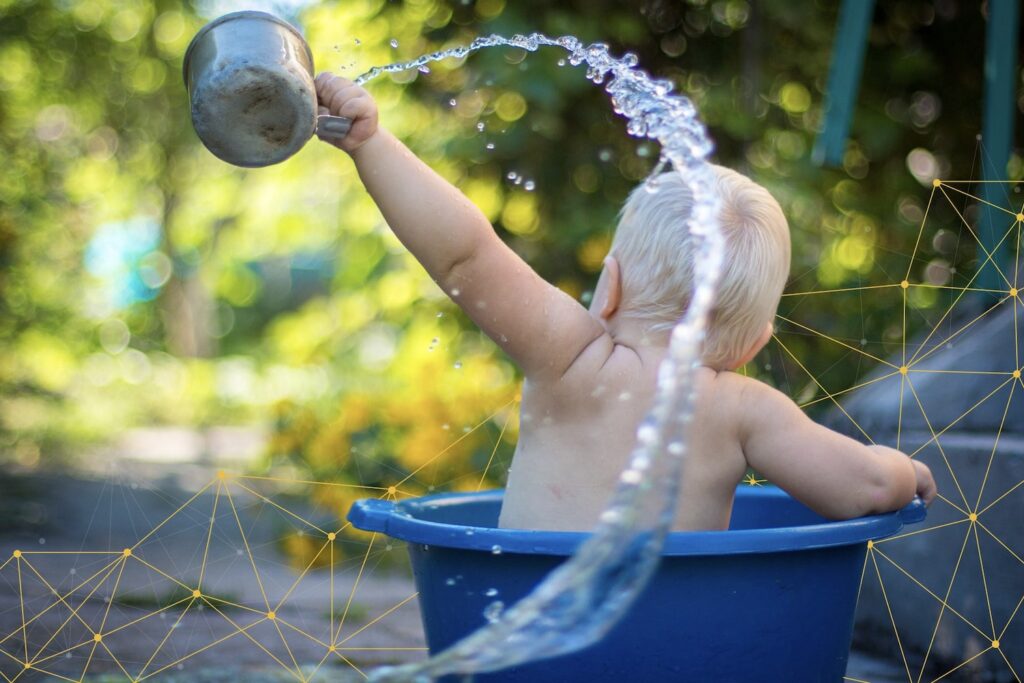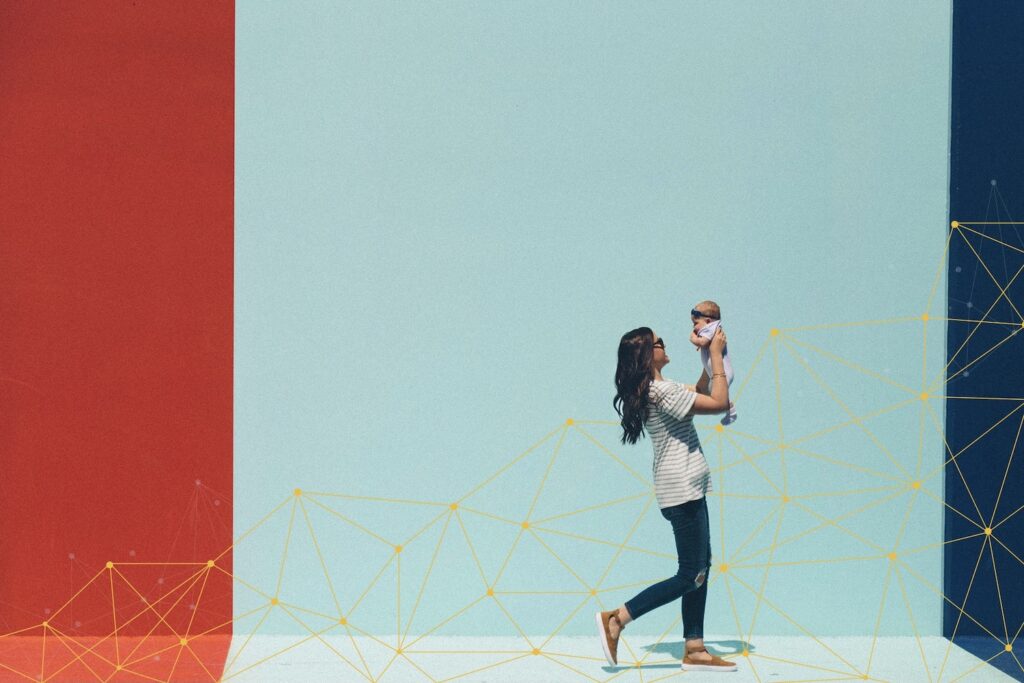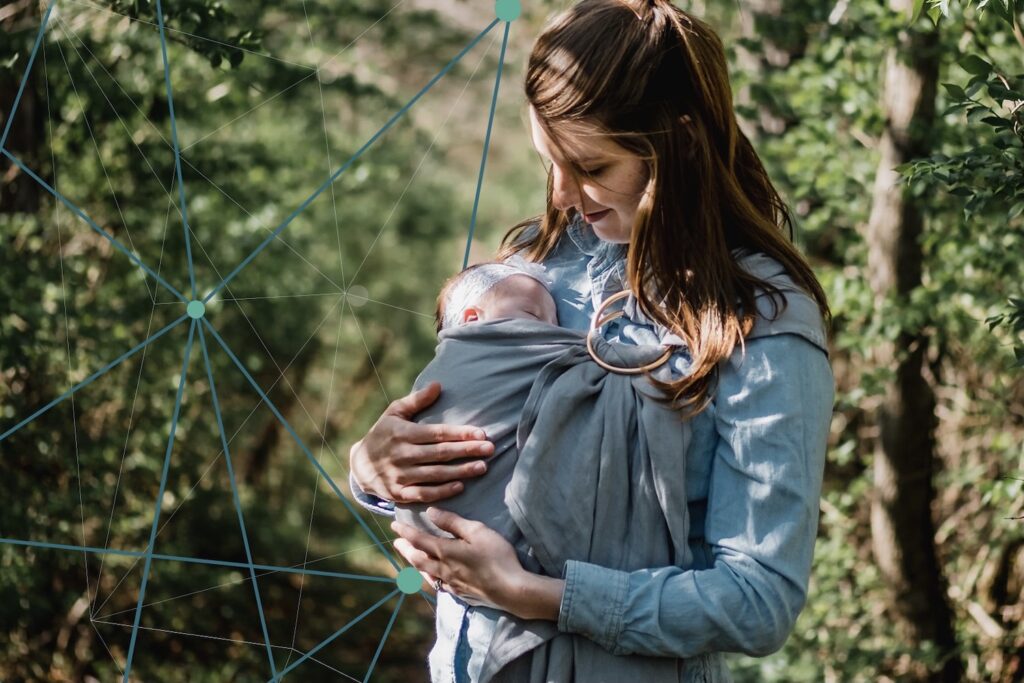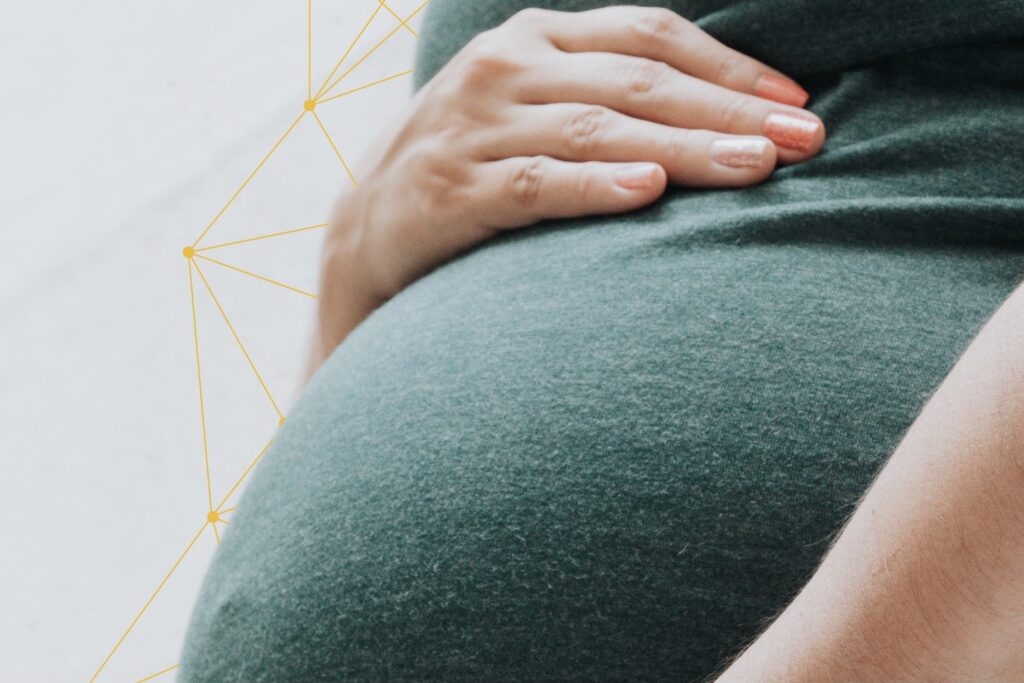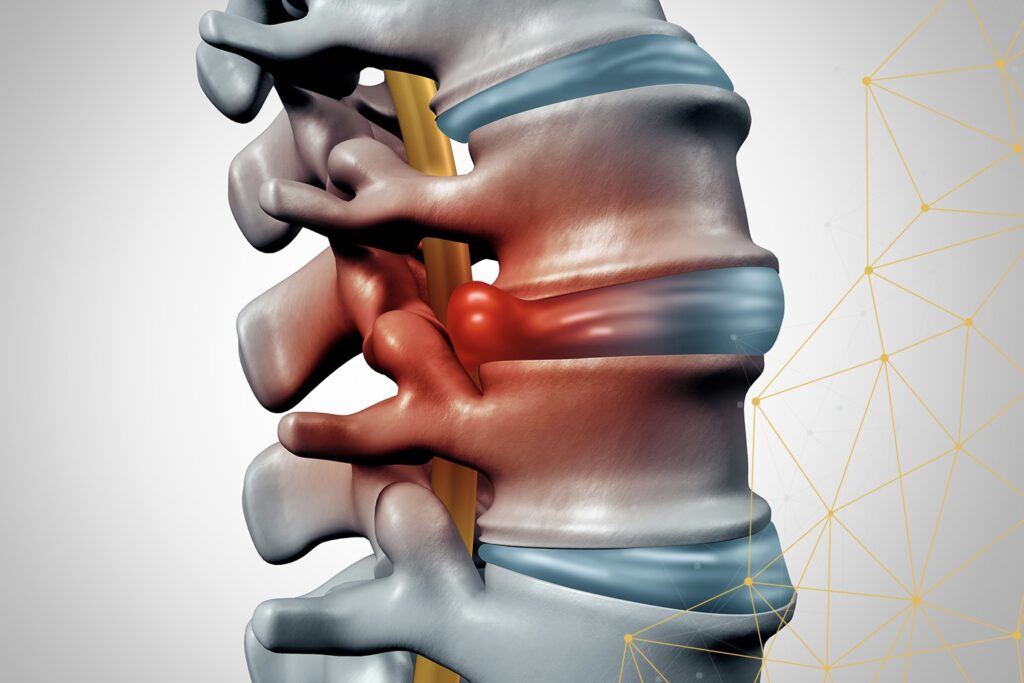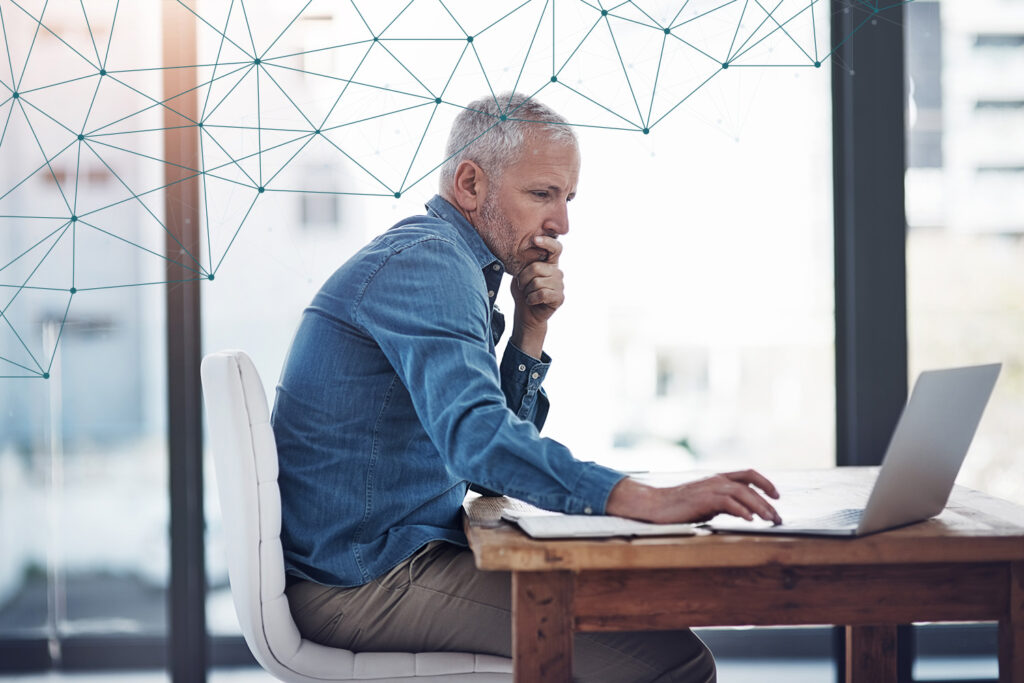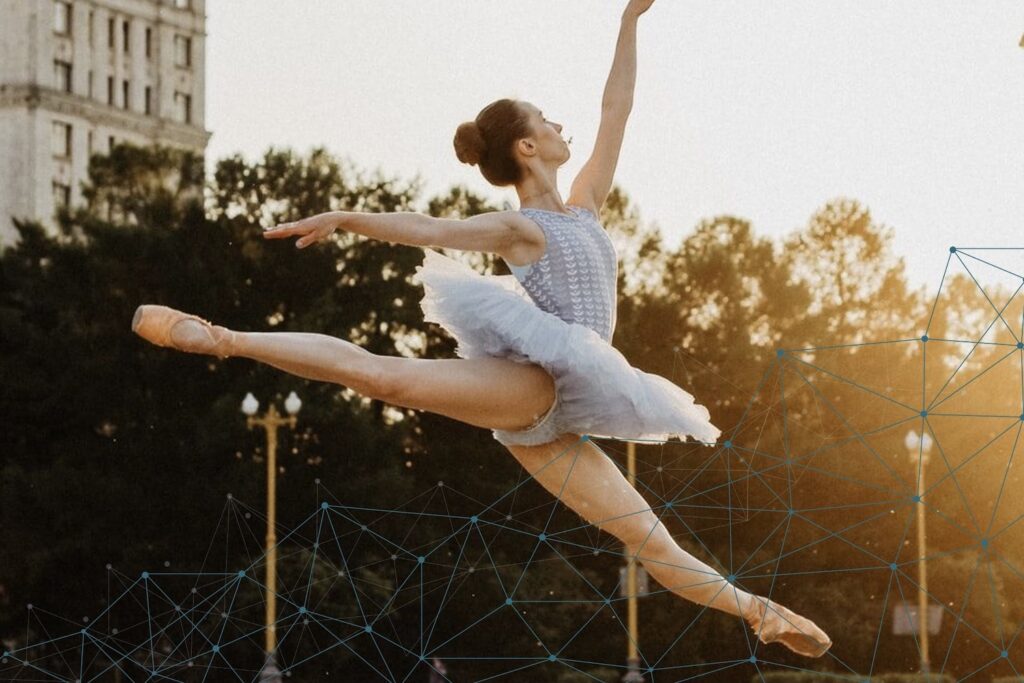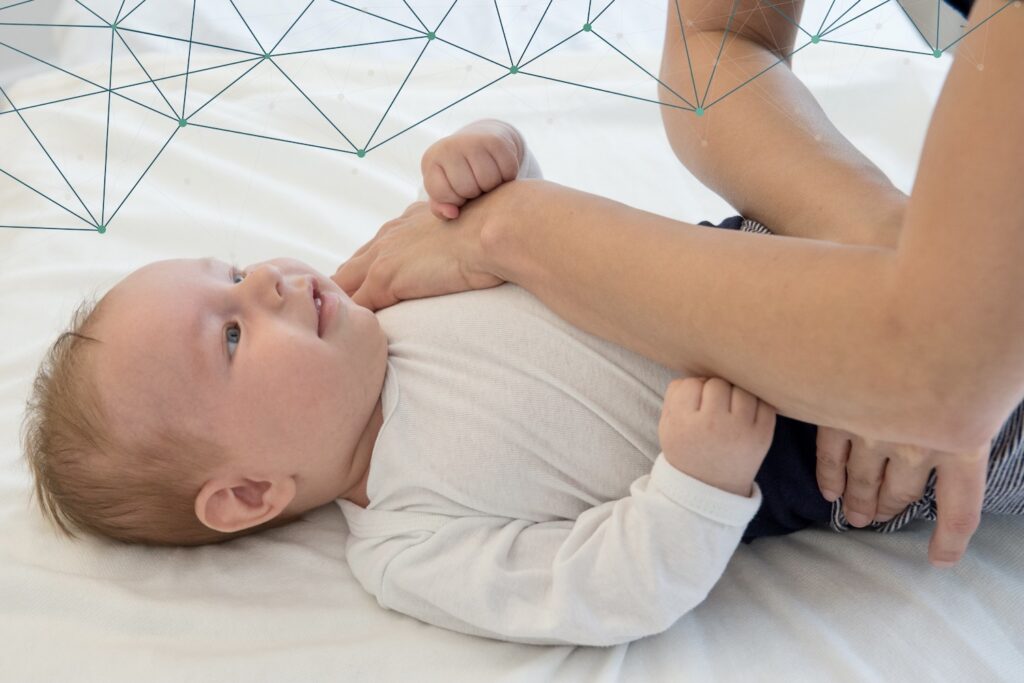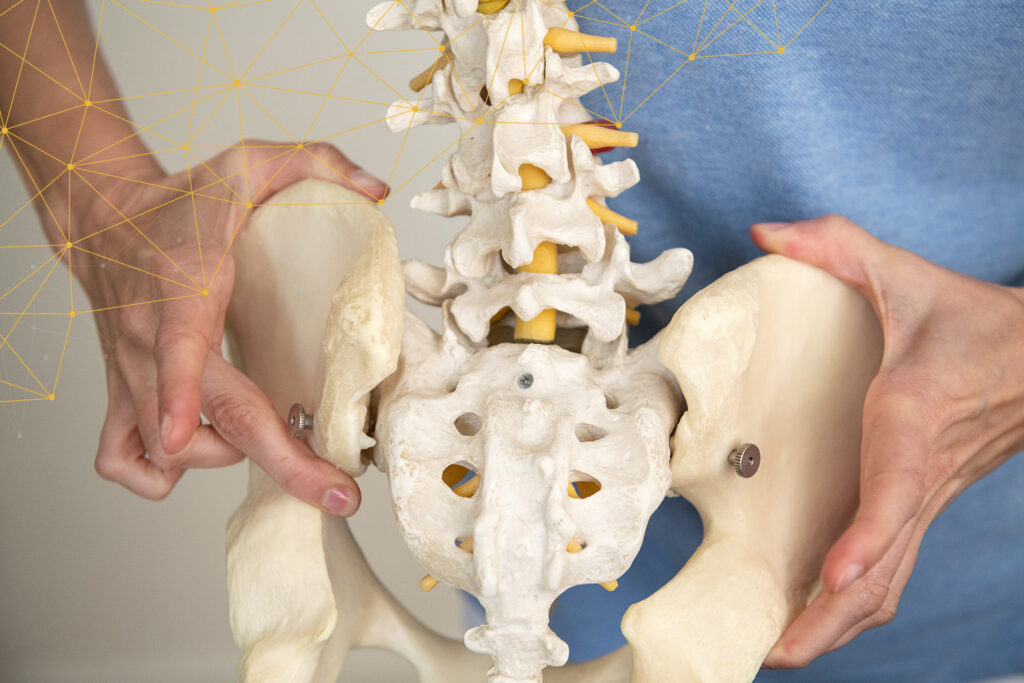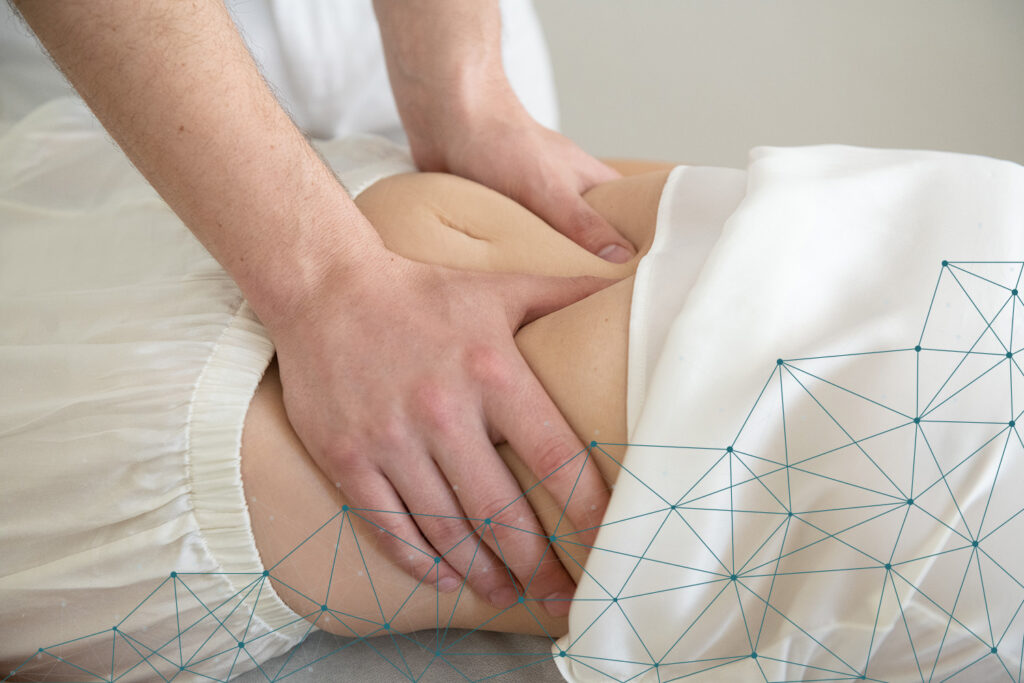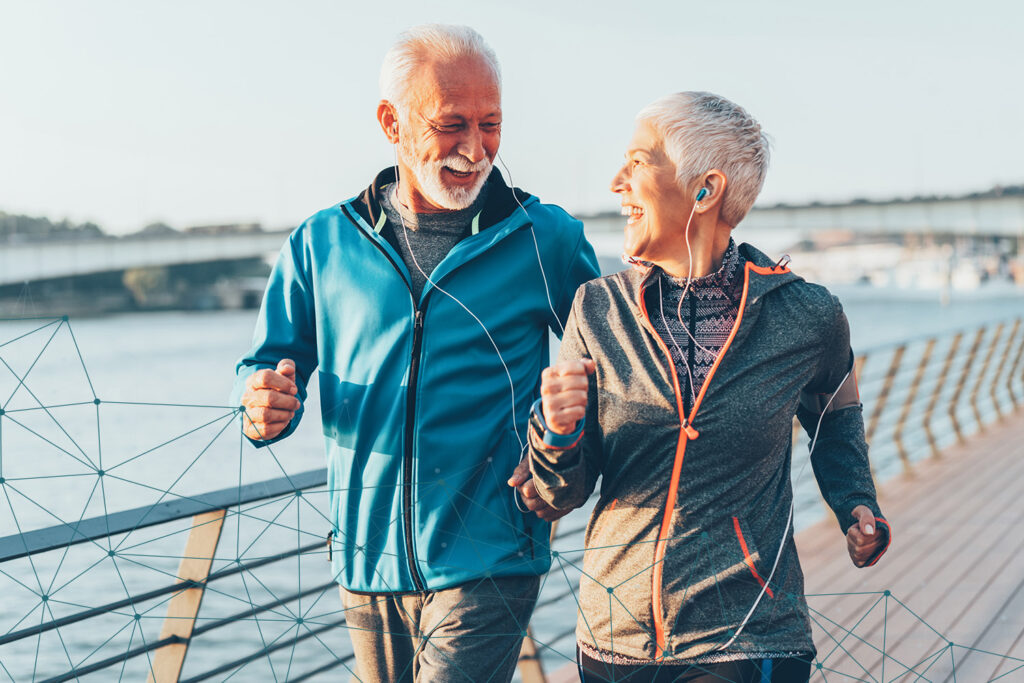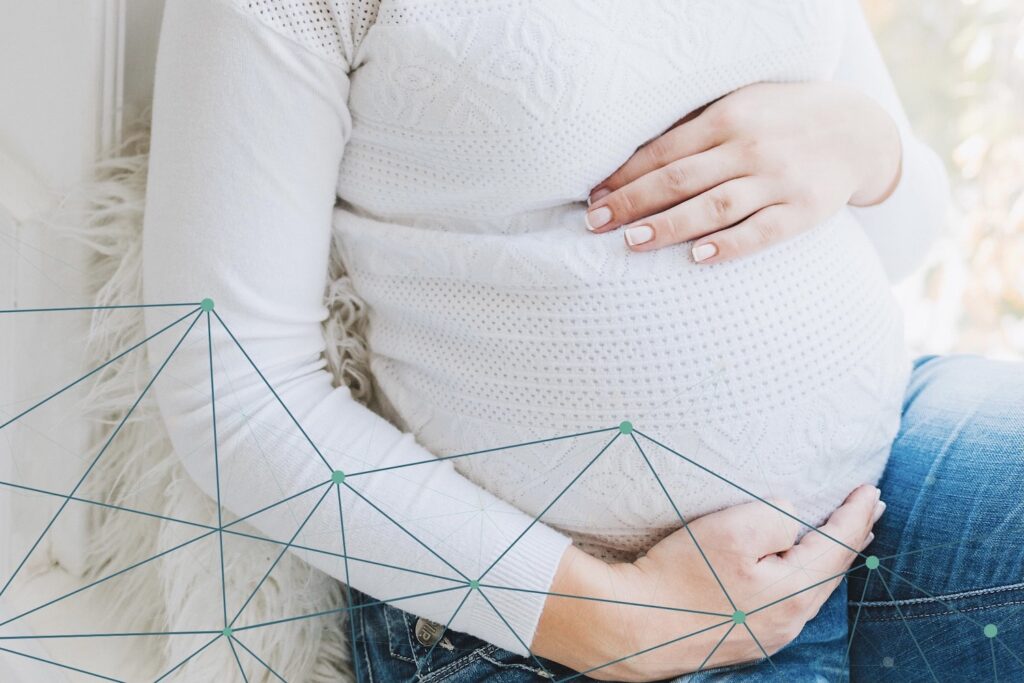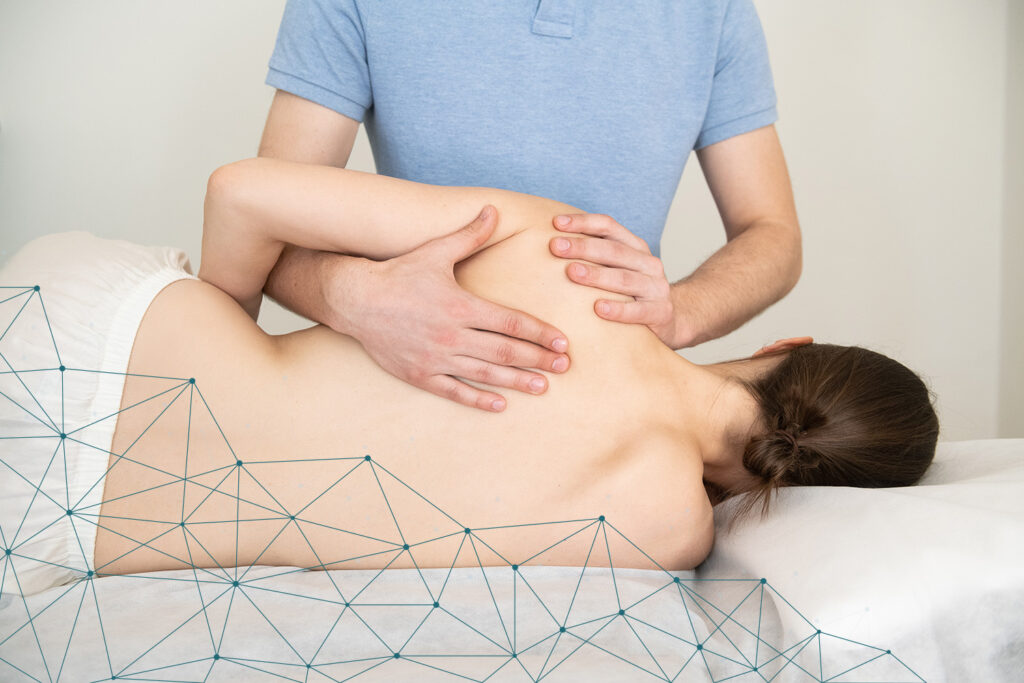Osteopathic treatment for slipped disc
Mechanism of development of a herniated disc
In the literature, most cases of disc herniation occur due to an accident, a fall, lifting a heavy load, an awkward movement or a prolonged sitting position.
Other causes can be due to the normal ageing process, degeneration or genetic factors. It is often a combination of trauma and degeneration that is crucial for the onset of early disc degeneration.
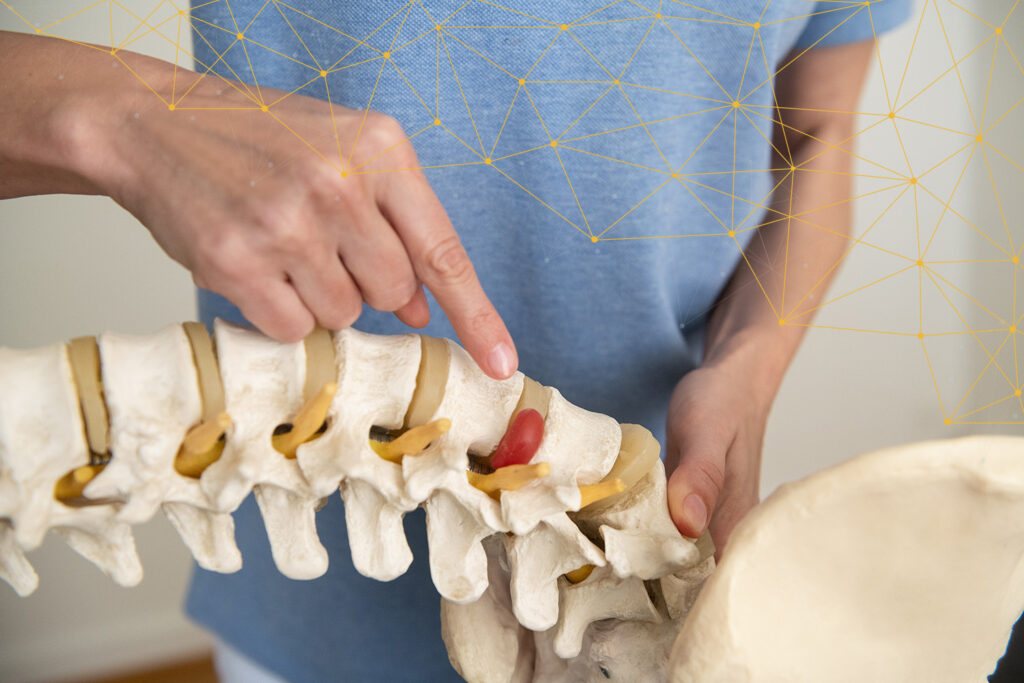
Signs and symptoms of a slipped disc
A herniated disc in the lower spine can lead to a variety of symptoms. Herniated discs are not always diagnosed immediately. Patients often present with undefined pain.
In some cases, a herniated disc can occur without pain or noticeable symptoms because the nucleus pulposus is extruded but does not press on soft tissues or nerves, causing no symptoms.
The most typical symptoms associated with a herniated disc are acute lumbar pain and radiating pain, caused by entrapment of either the L3-L4 or L5-S1 (sciatic) nerve roots.
The radiating pain may be accompanied by muscle weakness, paralysis, paraesthesia and decreased reflexes.
In severe cases, a herniated disc may cause symptoms such as sudden weakness of the lower extremities, paraesthesias of the lower extremities and perineum, sexual impotence, urinary retention and constipation.
Therapy
Whether and to what extent an intervertebral disc can regenerate and thus also heal is still the subject of research. However, recent studies show that it can regenerate and heal.
The decisive factor for this is targeted and adequate rehabilitation – and a great deal of cooperation and discipline on the part of the patients, as the complete renewal of an injured intervertebral disc takes a long time.
The big challenge for the patients is not to fall into old patterns. After the pain has subsided, possible relapses are to be expected.
The sometimes long rehabilitation should be oriented towards the physiological stages of wound healing. Renewed and constant damage to the newly built-up tissue through overloading or incorrect loading should be avoided. Frequent changes of position for regular unloading and loading, as well as an active posture of the spine with possible posture correction promote the physiological stimuli on the intervertebral discs.
Furthermore, it is often necessary to strengthen the musculature and improve coordination, as this has also deteriorated or weakened due to one-sided strain or poor posture. The therapists are familiar with the anatomical and physiological conditions and know what therapeutic options are available in the event of injuries or complaints/problems. We are happy to advise and instruct you on training and exercise options.
Haben Sie Fragen zur Osteopathie
und wünschen Sie einen Termin?
Kontaktieren Sie uns per Telefon. Gerne besprechen wir mit Ihnen, wie wir Sie oder Ihr Kind unterstützen können.
Do you have any questions
and would you like an appointment?
Contact us by phone. We would be happy to discuss with you how we can support you or your child.
